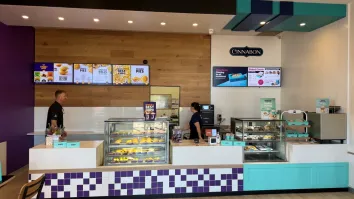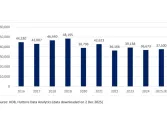
Fast Food chains suffer 41% drop in visits: BIS Shrapnel report
Find out the reasons why.
According to BIS Foodservice’s ‘Fast Food 2013 Report Series,’ the food service market might face a challenging road ahead, despite the boom it has experienced since 2008.
The report highlighted that the market experienced a 41 per cent net decrease in visits to fast food restaurants in the past six months.
However, this decline in visits is expected to carry over the next six months, with the report forecasting a further decrease of 26 per cent.
“With fast food now expected to struggle in the next six to 12 months, the industry as a whole will struggle to keep its head above water. The shine is coming off the fast food chains which are now starting to feel the same pinch the rest of the industry has been feeling,” said Sissel Rosengren, Head of BIS Foodservice.
Rosengren shared that this decline may be caused by several factors, such as the effect of obesity messages, and the tightening belts and budgets of consumers.
On the other hand, the fast Food report also revealed that women make up the largest percentage of fast food eaters in the market.
“Many might assume women are buying fast food for others, but what this report shows is that women are actually more likely to eat fast food than men.
“The assumption is that men are typically the fast food eaters, given the marketing by fast food chains usually focuses on blokes relaxing at the beach in their ute with a chicken burger or eating a pizza while watching the footy. But women are the biggest fast food eaters across all fast food categories, by a healthy majority,” said Rosengren.
Below is a Q&A with Sissel Rosengren, Head of BIS Foodservice.
QSR Media: Were you able to find out the motivations by women on eating fast food?
Rosengren: Whilst the research did not address motivations directly, it has been suggested that women are more strapped for time now than what was the case 10-15 years ago.
Australia now being a high-cost country where most families are dependent on dual incomes, women juggle family, home and work – easy to get some fast food for lunch, for example.
QSR Media: Do you expect a short-term pinch to the fast food chain industry or a more prolonged demand decline?
Rosengren: We expect a more prolonged demand decline.























